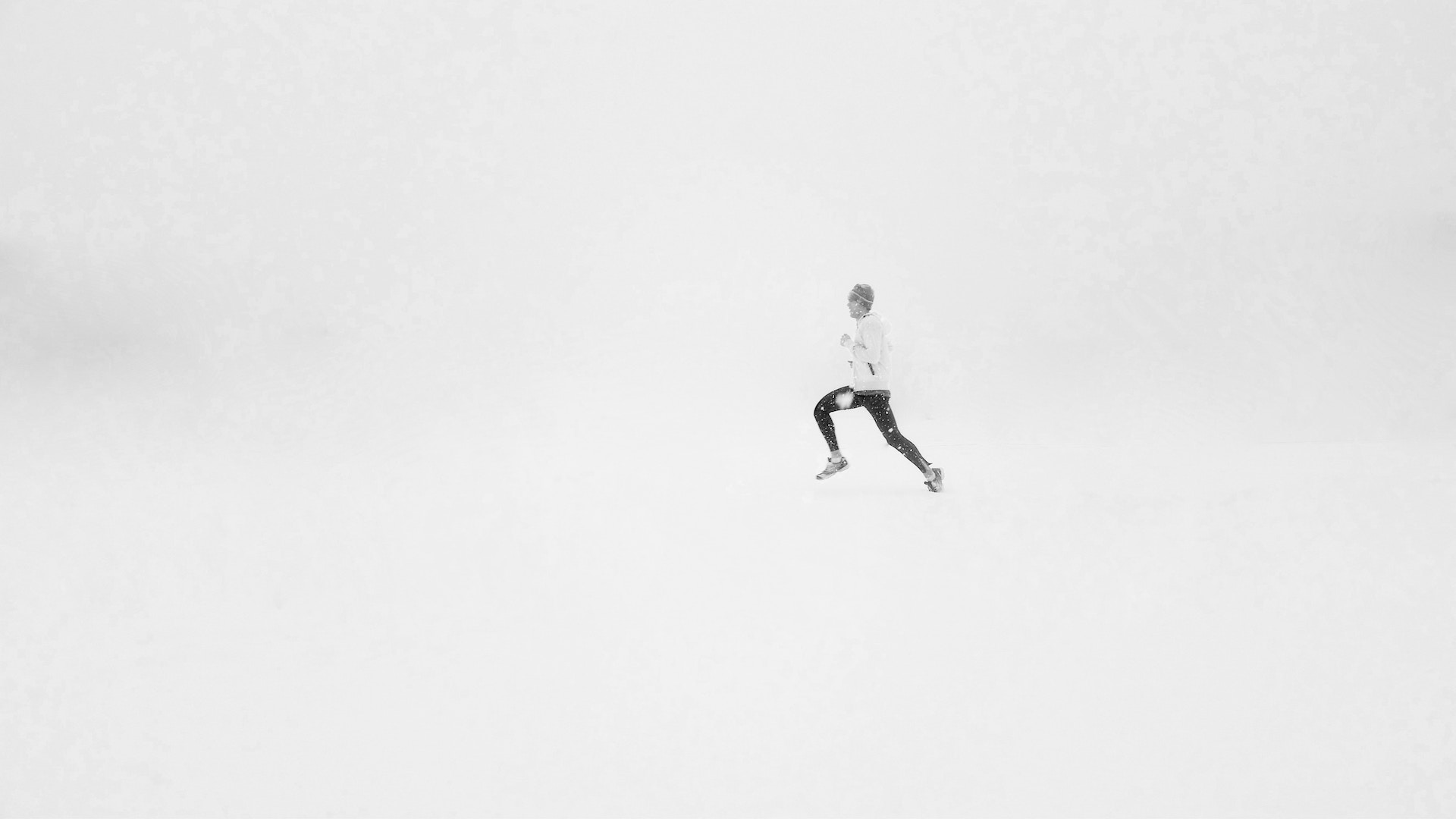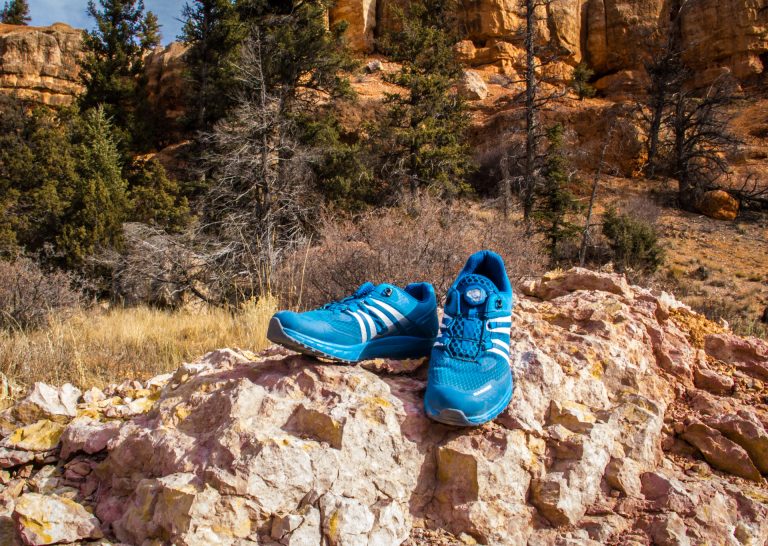I have been running for almost 22 hours. Running is probably the wrong word. I have been moving – insistently moving over the summits of the 23 Munros that form the wild, high loop of Ramsay’s Round, Scotland’s classic 24-hour mountain running challenge.
I am running down the rubble of the tourist track on Ben Nevis, the final peak of an anticlockwise round. I am going to make it. Exhaustion, nausea, stifling May heat, the chilling darkness of a Highland night, some 8,500 metres of ascent, some 60 miles of largely pathless hillside – they contrived, but I am going to make it. I will be number 101 in a list of immortals.
I catch the eye of an ascending walker. He is encumbered by bag, boots and poles. He shakes his head as I run by. The words are uttered to my back, but they are unmistakable.
‘Show off.’
Perhaps we are – by we I mean the hill, the fell, the mountain runners. But, for us, there is no other way. Running and mountains are indivisible; there cannot be one without the other. To go to the hills by any means is prose. But to run among them? This is poetry.
‘Out of place?’
Hill running is hard, so hard it can seem preposterous, so hard that it seems absurd to do such a thing in an environment that surely demands its visitors to pause and really look.

Alfred Wainwright, one of the greatest hillwalkers of them all, would agree. ‘Fell runners will complete the whole round in less than two hours without seeing anything other than the track before them,’ he wrote of the Fairfield Horseshoe race in the Lake District. ‘I admire those who can perform such feats. I envy their fitness but not their achievements; racers and record breakers seem to me to be out of place on the high fells. Mountains are there to be enjoyed, and enjoyed leisurely.’
Wainwright seems to assume that we should all go to hills and mountains for the same purpose.
It is not that simple.




